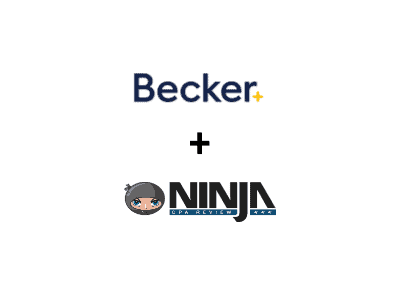I had the same confusion when I saw this problem. This question involves LIFO layer liquidation, a twist to the dollar-value LIFO problem calculations that is not in the book for some reason. It’s funny that the email response from Becker mentioned that they get this question a lot….maybe if they included an explanation about LIFO liquidation in the book, less people would ask about it. The problem answer only shows the calculations and does not explain anything. Not helpful.
Here’s a video that made it easy for me to understand: https://www.youtube.com/watch?v=jwJgo1fdfyY
Essentially, if a year-end base amount is less than the prior year-end base amount (yielding an apparent negative LIFO layer), that difference must be subtracted (LIFO liquidation) from the prior year’s LIFO layer, which requires a recalculation of some numbers. And in the year of the apparent “negative LIFO layer,” the layer is zero, and thus that year’s dollar-value LIFO amount is also zero.
Calculations:
12/31/Y1 base amount = 100,000 (given)
12/31/Y2 base amount = 128,400 / 1.07 = 120,000
So the year 2 layer is 120,000 – 100,000 = 20,000
And the year 2 dollar-value is initially 20,000 * 1.07 = 21,400
But after you calculate the 12/31/Y3 base amount, you get an apparent negative year 3 layer:
12/31/Y2 base amount = 120,000
12/31/Y3 base amount = 145,000 / 1.25 = 116,000
Year 3 layer appears to be negative: 116,000 – 120,000 = (4,000) !?! wtf?
When this happens, you have to subtract the 4,000 from the 20,000 year 2 layer to get an adjusted year 2 layer of 16,000 (it was originally 20,000)
Then you recalculate the year 2 dollar-value amount using the adjusted year 2 layer: 16,000 * 1.07 = 17,120 (it was originally 21,400)
This leads to the 12/31/Y2 total dollar-value amount of: 100,000 + 17,120 = 117,120
Because there is an apparent “negative layer” in year 3, the year 3 layer is just zero because it can't be negative, and the year 3 dollar-value amount is zero as well: 0 * 1.25 = 0
Therefore, the 12/31/Y3 total dollar-value LIFO ending inventory amount equals the 12/31/Y2 dollar-value amount plus the year 3 dollar-value amount: 117,120 + 0 = 117,120
I hope this helps! Hard to explain without a table or something. Definitely watch that video I linked above, the guy describes this well.


